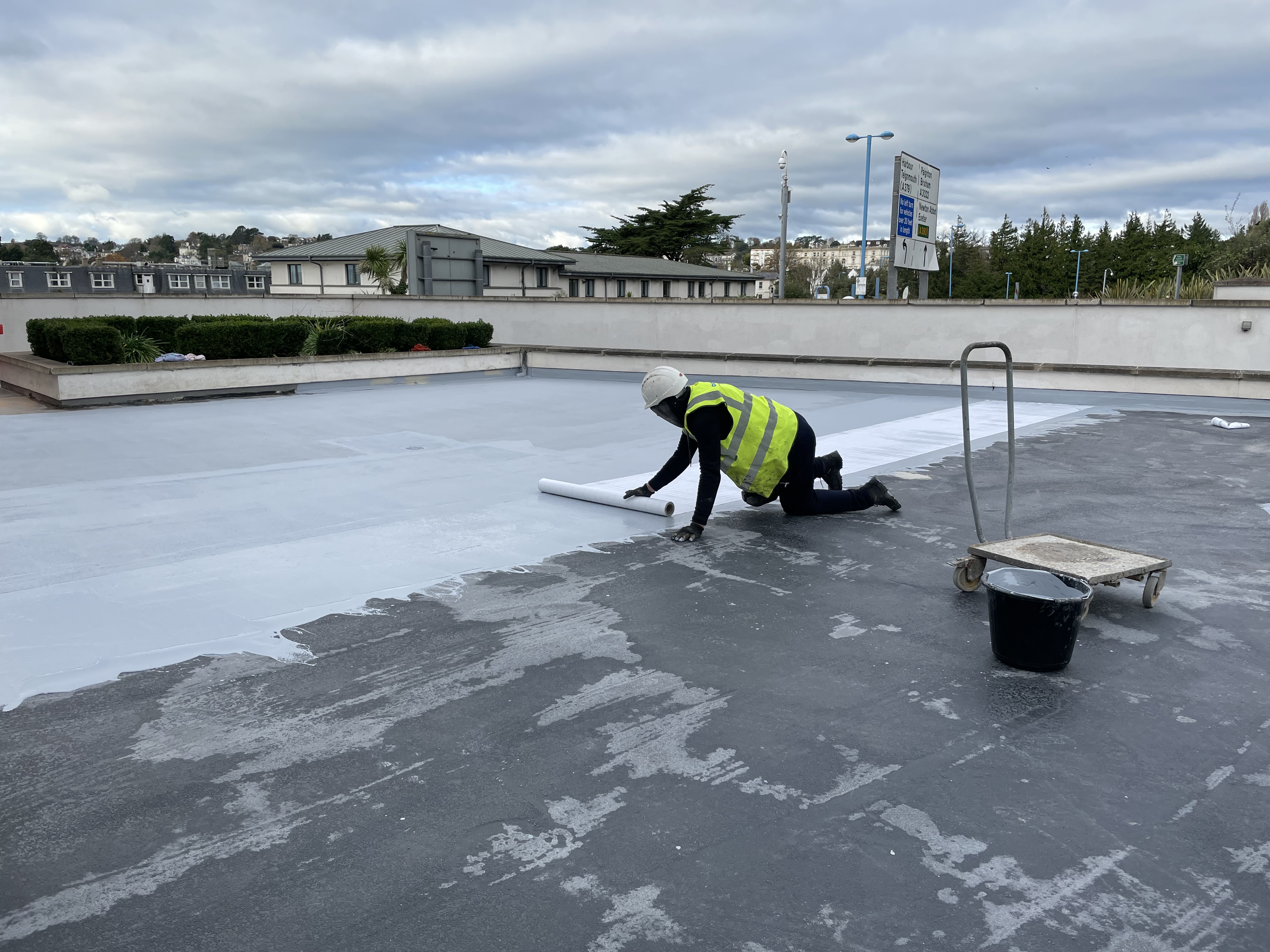Look Under Your Feet to Reduce Your Carbon Footprint
The climate change debate has caused us all to consider how we interact with the world around us and the inherent environmental consequences our choices have. The construction industry has an especially important role to play in creating a more sustainable world, as not only does it account for approximately half of all the raw materials extracted from the planet, but it also creates roughly a third of global waste and 40% of carbon dioxide emissions.
However, creating truly sustainable buildings is no easy feat, as it requires a holistic approach to choosing every component that considers a wide range of factors such as the resources required, CO2 emissions, water usage, electricity demands and much more. Getting all of this right requires a lot of knowledge and expertise to know whether the project has really minimised its impact on the environment.
Knowing more about the floor
As a brand of CPG Europe, we work hard to make sure that our customers and partners have as much information about our products sustainability credentials as possible, to ensure that they can make an informed decision regarding which building material will have the smallest carbon footprint.
As part of this, we’re committed to innovations, R&D and developing product portfolios that support sustainable specifications. The newly updated Flowfresh range of hygienic flooring solutions from Flowcrete is an excellent example of this, as we’ve designed the systems to deliver advanced operational benefits alongside carbon-cutting advantages.
The importance of long-term solutions
The Flowfresh range has been designed to provide everything that contamination sensitive industrial spaces, such as food and beverage processing plants, need in a floor. This includes a wide-range of properties such as slip resistance, waterproofing, bright colouring and antimicrobial benefits. One other key characteristic that makes it so successful in demanding industrial environments is also one of its main environmental qualities– durability.
This durability stems from the high cross-linked density of the polyurethane material it’s made from. The thickness of the finish can affect how robust it is, with Flowfresh typically being installed at between 4-11mm depending on the severity of the conditions it will be exposed to.
The ability to withstand everything from physical impacts and heavy loads to aggressive chemicals, frequent cleaning, thermal shock, prolonged exposure to extreme temperatures and more not only helps busy factories to function but it also means that the floor lasts for a very long time. This avoids the energy, effort, resources and costs that would be required to repair or replace the finish while also preventing any waste created during these projects as well as the old floor coating being sent to landfill.
Helping industry go green
Large-scale production and processing facilities are likewise under pressure to make sure that their operations are as sustainable as possible, which can be especially challenging when also coping with strict regulations, high demand and technically complex sites.
The easy-to-clean and simple to maintain nature of Flowfresh, properties that have been certified by HACCP International, not only helps facilities consistently meet a high level of hygiene, but it also helps keep resource use to a minimum. This is because the seamless nature of Flowfresh gives contaminants nowhere to hide so that they can easily be washed away. In comparison, flooring systems which require joints, such as tiles, will require more water, more detergents and more electricity (to power equipment such as steam cleaners) to achieve the same level of sanitation due to the added difficulty of cleaning the grouting between the hard surfaces.
In addition, Flowfresh has a hidden hygiene advantage, which is that Polygiene® is included in every floor. This antimicrobial agent minimises the threat from germs in between wash cycles, but unlike most bactericidal additives it’s an all-natural solution that’s simply made by incorporating silver ions into the floor. This provides extra peace of mind for the facility’s managers while avoiding the need for further manufacturing in order to create unnecessary cleaning chemicals.
A breath of fresh air
It’s not just the emissions that are created during production that need to be taken into account, as toxic particles can be emitted during the installation and use of a floor that have a harmful effect on the building’s users and the environment. The release of volatile organic compounds (VOCs) into the air as well as common construction ingredients such as phthalates and nonyl phenols are key concerns.
To ensure that sites enjoy a high level of interior air quality, Flowfresh has been created in a way that drastically minimises emissions of VOCs and other particulates, with zero phthalates or nonyl phenols used in its formulation. Its low emission properties have been proven by a variety of industry standard testing, including:
- M1 emissions classification system
- Committee for Health-related Evaluation of Building Products’ (AgBB) emissions evaluation procedure
- VOC A+ rating for materials that exhibit the lowest emission levels as per the Agence française de sécurité sanitaire de l’environnement et du travail (AFSSET) guidelines
Trusted accreditations
When it comes to making environmental claims about products, there’s a lot of misleading or inaccurate information out there which can confuse the specification process. This is why we put our systems to the test so that trusted third parties can confirm that our floors do what we say they do.
As one of the biggest surfaces in any building, the choice of flooring plays a significant role in a development meeting important green construction benchmarks such as LEED, BREEAM and DGNB. The sustainability benefits of Flowfresh outlined in this article align with the requirements of these schemes to help construction projects gain the credits necessary to achieve demanding green certifications.
A greener future at your feet
As many of the points we’ve discussed in this article have shown, making a sustainable flooring choice relies on taking a long-term approach. For example, one system may emit slightly less CO2 when it’s produced, but if it needs to be replaced twice as often as an alternative then there’s actually a net increase in the floor’s carbon footprint.
Get in touch with the team to find out more about Flowfresh!










